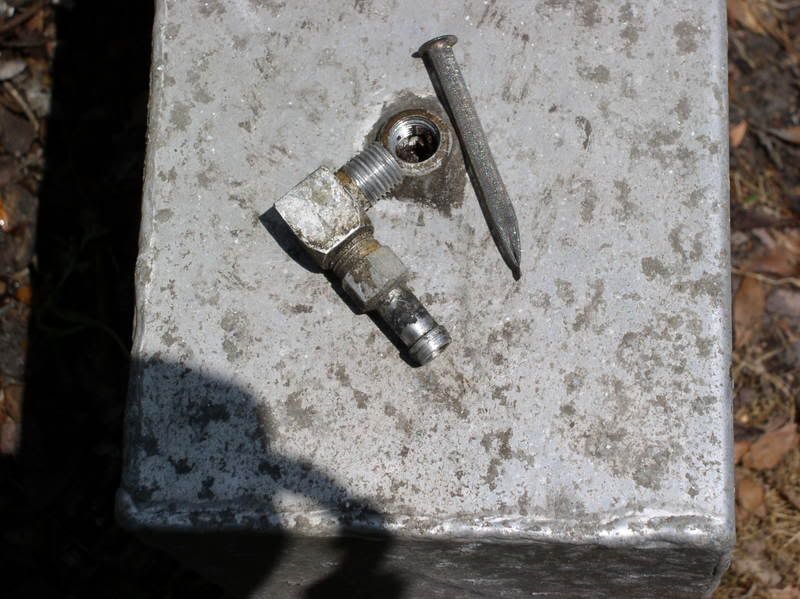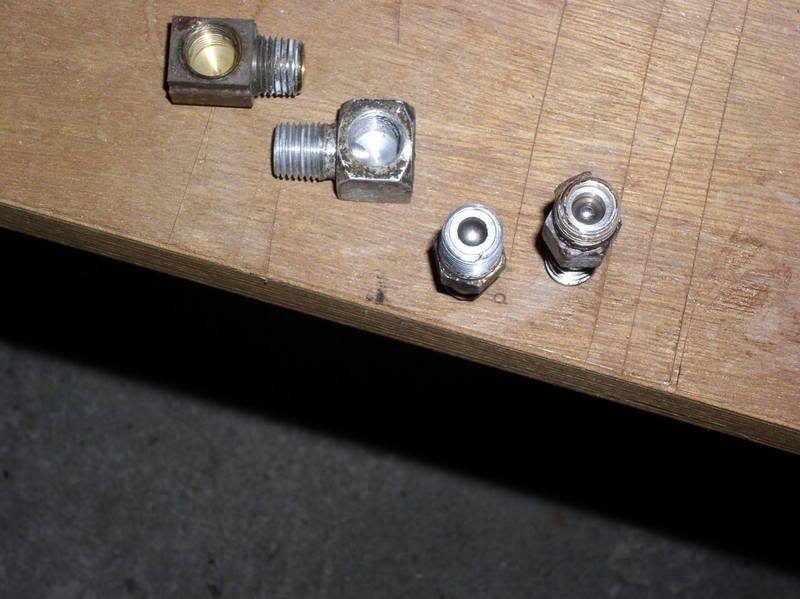mushman
Junior Member
I put the boat in this morning, took her out for a good run.It was going great for a while, but after I opened it up for a minute she died down from 4200 to like 2500, I thought it stalled out.
I threw it in neutral and saw it was still running so I threw it into gear and there she went.
I kept it at low rpm heading back to port, the throttle seemed to be pushed farther down than usual, but the rpms stayed low.
It idles fine, and starts right up,and all the plugs seem to be getting spark.
I didn't open it up again because I didn't want to get stuck and have to call for a tow.
I didn't run it last year, but I did drain all but 15 gallons of gas out of it last week,then added 10 gallons fresh gas ,oil,and sea foam.
I just changed the thermostats also, the old ones were shot.
I did notice that the 3 starboard plugs were really "wet" while the port plugs looked alost new.
I hope it's a fuel issue or something managable, because I can't afford a new powerhead right now.
It's a 1986 150 hp v6 Evinrude.
Thanks.

I threw it in neutral and saw it was still running so I threw it into gear and there she went.
I kept it at low rpm heading back to port, the throttle seemed to be pushed farther down than usual, but the rpms stayed low.
It idles fine, and starts right up,and all the plugs seem to be getting spark.
I didn't open it up again because I didn't want to get stuck and have to call for a tow.
I didn't run it last year, but I did drain all but 15 gallons of gas out of it last week,then added 10 gallons fresh gas ,oil,and sea foam.
I just changed the thermostats also, the old ones were shot.
I did notice that the 3 starboard plugs were really "wet" while the port plugs looked alost new.
I hope it's a fuel issue or something managable, because I can't afford a new powerhead right now.
It's a 1986 150 hp v6 Evinrude.
Thanks.





